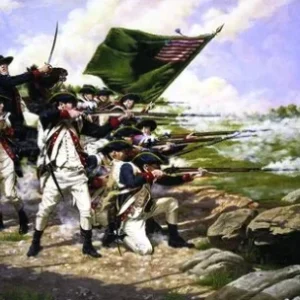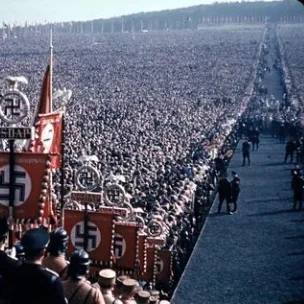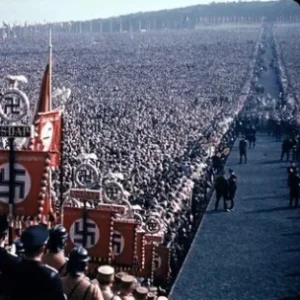
The Impact of War on Families in “Crossing the Line”
Crossing the Line by Elizabeth Van Doren delves deep into the lives of a German

During the darkest moments of Nazi Germany, a few brave students ventured to oppose the government. Words are their weapon. Their objective? To rouse the conscience of a people deceived by propaganda and fear.
In 1942, the White Rose appeared in Munich. It was a glimmer of hope among the horrors of war. Unlike the July Plot conspirators or the rebellious youth gangs, the White Rose chose nonviolent resistance. They established an ethical and intellectual alliance against the Third Reich under the direction of their professor, Kurt Huber, and five students: Hans Scholl, Sophie Scholl, Willi Graf, Alexander Schmorell, and Christoph Probst.
Their weapon? Leaflets. These oblique leaflets conveyed strong messages, calling on Germans to awaken, rebel, and rediscover their humanity. The first leaflet, published in June 1942, quoted Friedrich Schiller and Johann Wolfgang von Goethe, advocating passive resistance to the Nazi war machine. It boldly declared, “Do not forget that every nation deserves the government that it endures.” The propaganda was penetrated by the White Rose’s eloquence, which struck deep into the souls of all who read their words.
Sophie Scholl, a young student with fiery determination, played a pivotal role. Alongside her brother Hans, she distributed leaflets across Munich. They scattered them by hand, risking their lives to awaken their fellow citizens. Their unwavering commitment to truth led them to paint “Freedom” and “Down with Hitler” on buildings throughout the city. But their actions did not go unnoticed by the Gestapo.
A Nazi party member discovered Hans and Sophie distributing brochures at the University of Munich on February 18, 1943. The siblings faced trial, and their fate was sealed. The court sentenced them to death. As they stood before the guillotine, Sophie’s last words echoed with defiance: “Such a fine, sunny day, and I have to go. But what does my death matter if through us thousands of people are awakened and stirred to action?”
The White Rose’s legacy endures. Their courage reminds us that even in the darkest times, ordinary individuals can ignite extraordinary change. Sophie and Hans Scholl, along with their fellow student activists, remain beacons of hope, urging us to question, resist, and never forget the power of truth.
Let us thus recall the White Rose, a delicate flower whose petals defiantly reached for the light as it blossomed in a time of injustice.
Here’s a recommendation for historical fiction enthusiasts. A really exciting novel published by “Elizabeth H. Van Doren” is out now. The amazing journey of a normal German family having to deal with the severe challenges posed by Nazi Germany’s rise is chronicled in the book. Set in the turbulent years of the 1930s and 1940s, this gripping story follows the lives of individuals from many backgrounds—young and elderly, Jews and Gentiles—as they navigate perilous circumstances. Based on a historical event, the book highlights the courage and determination of a family that stood strong against the wave of deadly hatred and bigotry instigated by the Nazi regime, refusing to submit to hazardous propaganda and unfair laws.

Crossing the Line by Elizabeth Van Doren delves deep into the lives of a German

During the darkest moments of Nazi Germany a few brave students ventured to oppose the government
